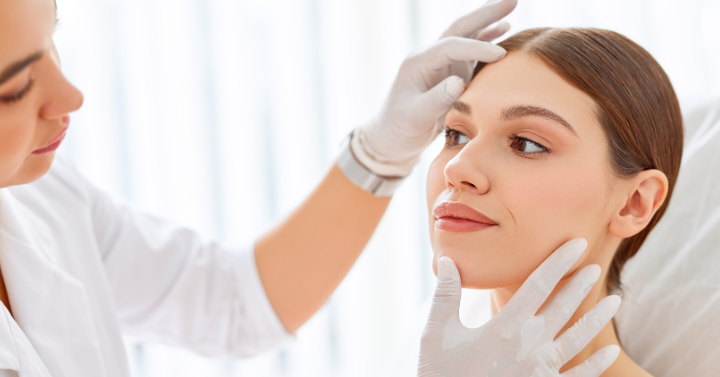The global medical dispensing skin care market remains buoyant, increasing by a double-digit rate of 11% in 2022, according to our recently published Medical-Dispensing Skin Care: Global Screening Assessment report. Despite challenges such as supply chain and staffing shortages, the market has returned to healthy pre-pandemic growth levels and is inching toward the $3 billion mark. Sai Swaroop, Industry Manager in our Beauty and Wellbeing sector, is answering five key questions regarding the state of the market:
1. What’s driving the boom?
Some of the key factors that are boosting sales in the 65 markets analyzed in our report include:
- Growing demand for non-surgical procedures that are complemented by skin care products
- An increasing number of physicians dispensing skin care products globally
- New product innovations resulting from partnerships with device companies
2. Which region is leading the way?
North America remains the largest and fastest-growing region globally, driven by a strong performance of the United States and Canada markets. In fact, the U.S. medical dispensing skin care market accounted for over 40% of global sales and registered a double-digit increase in 2022.
3. Who is dominating the space?
While international brands dominate in Latin America and the Middle East, local brands and physician-branded products are more prevalent in Asian markets. Leading brands such as SkinCeuticals and ZO Skin Health are continuing to expand their global footprint by entering new markets.
4. How do regulations differ from one region to another?
In North America, regulations are flexible, allowing physicians to easily dispense skin care products. However, in some European and Latin American countries as well as in the Middle East, physicians are forbidden from selling skin care products. As a result, professional skin care products are often sold through pharmacies in these respective countries.
5. What’s on the horizon for M&A?
Mergers and acquisitions remain active in the medical-dispensing market with the latest largest deals including L’Oréal’s acquisition of SkinBetter Science and Galderma’s acquisition of Alastin Skincare. Both brands are expected to witness significant international expansion with the support of their new parent companies. Alastin has already entered the Mexico market in early 2023 and is poised to also tap into others.
To better understand the global landscape with details on which markets stand out against each other in this highly competitive space, refer to our recently published Medical-Dispensing Skin Care: Global Screening Assessment report.

